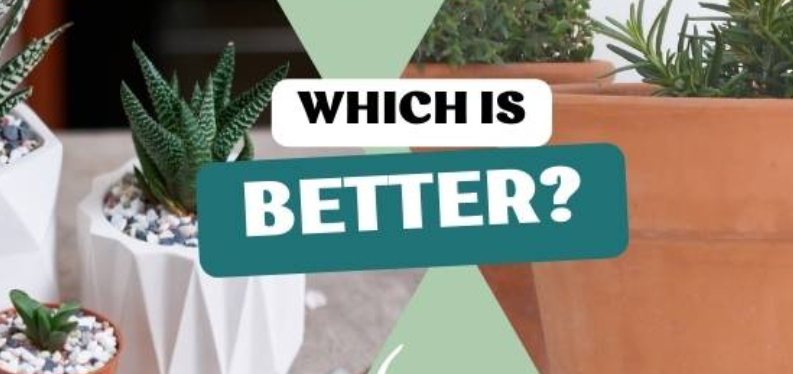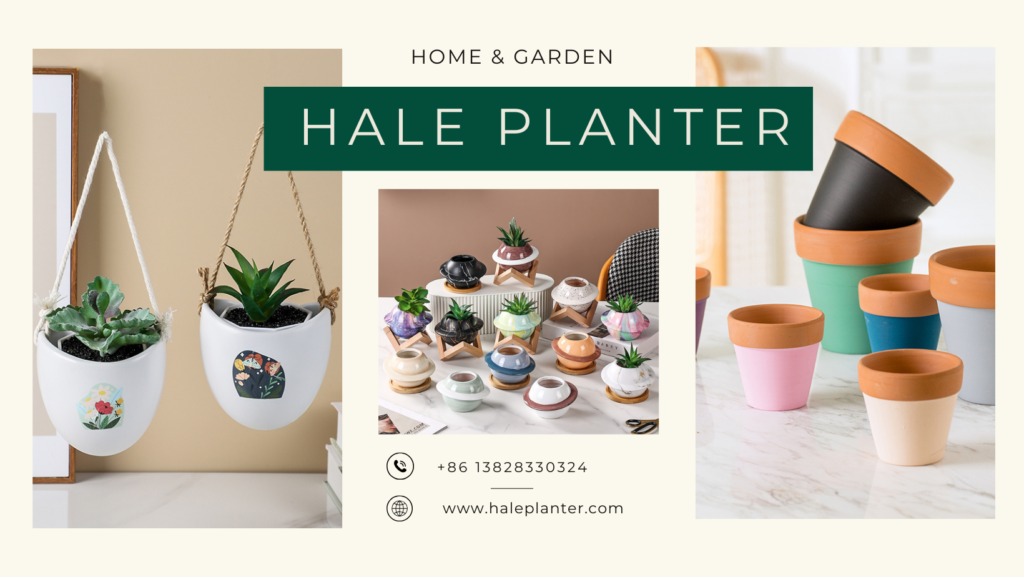When it comes to choosing materials for flower pots, tiles, or other decor items, the debate between terracotta and ceramic often arises. For B2B buyers, especially those seeking ODM or OEM customization services for global supermarket orders, understanding the differences between terracotta and ceramic is essential to make informed procurement decisions. This blog will provide an in-depth analysis of terracotta and ceramic materials, focusing on their strength, durability, and suitability for various applications.
What Are Terracotta and Ceramic?
Terracotta: A Historical Perspective
Terracotta, meaning “baked earth” in Italian, is one of the oldest materials used in pottery and construction. It is made from natural clay that is fired at relatively low temperatures (around 1,000°C to 1,150°C). The result is a porous, earthy material with a reddish-brown hue due to the high iron content in the clay.
Pottery Clay for Beginners: How to Choose
Key Characteristics of Terracotta:
- Porosity: Naturally porous, allowing air and moisture exchange.
- Appearance: Rustic and earthy.
- Strength: Moderate but prone to chipping and cracking.
Ceramic: Modern and Versatile
Ceramic is a broad term encompassing products made from clay or other non-metallic minerals, fired at high temperatures (1,200°C to 1,400°C). The firing process vitrifies the material, creating a denser, harder, and less porous product.
Key Characteristics of Ceramic:
- Density: Non-porous and waterproof when glazed.
- Appearance: Can range from simple to highly decorative.
- Strength: Higher than terracotta, depending on the clay and firing process.
Strength Comparison: Terracotta vs. Ceramic
Strength is a critical factor for B2B buyers choosing materials for specific products. Let’s analyze the strength of terracotta and ceramic in terms of physical properties, resistance to stress, and long-term durability.
| Aspect | Terracotta | Ceramic |
|---|---|---|
| Material Density | Low density; prone to chipping. | High density; less prone to breakage. |
| Porosity | High porosity; absorbs water. | Low porosity; waterproof when glazed. |
| Resistance to Impact | Moderate; cracks under heavy force. | High; withstands greater force. |
| Temperature Resistance | Low; may crack under extreme heat. | High; can endure higher temperatures. |
| Suitability for Outdoors | Best for dry climates. | Suitable for all climates. |
Durability Analysis

1. Water Resistance
Terracotta is highly porous and absorbs water, which can lead to cracking in freezing temperatures. In contrast, ceramic products, especially those with a glaze, are non-porous and highly resistant to water damage, making them ideal for outdoor use in all climates.
2. Weight-Bearing Capacity
For products like large pots or tiles, ceramic offers superior strength and weight-bearing capacity due to its denser structure. Terracotta, while sufficient for lightweight uses, is more susceptible to stress and wear over time.
3. Longevity in Harsh Conditions
Ceramic’s low porosity and vitrified surface make it more resistant to weathering, UV exposure, and chemical damage compared to terracotta. Terracotta products may degrade faster without proper sealing.
Which Material Is Better for Your Business?
When deciding between terracotta and ceramic, consider your product requirements and target market. Below are some scenarios to guide your decision:
- For Traditional Aesthetics:
If your clients value rustic charm or sell products catering to traditional or artisanal markets, terracotta may be the better option. Examples include flower pots, garden ornaments, and historical restoration projects. - For Modern and Functional Products:
If durability, waterproofing, and high strength are essential, ceramic is the clear winner. Consider ceramic for products like modern plant pots, bathroom accessories, or tableware.
Case Study: Global Supermarket Trends
Global supermarkets often demand products that balance cost, aesthetics, and durability. Here’s how terracotta and ceramic perform in such scenarios:
- Large-Scale Orders (ODM):
Supermarkets in dry climates (e.g., the Middle East) often prefer terracotta for its affordability and regional appeal.
Ceramic is favored in regions with diverse weather conditions (e.g., North America, Europe) due to its versatility and durability. - Small-Batch Customization (OEM):
Ceramic offers more design flexibility for high-end products, such as glazed pots with intricate patterns or multi-purpose kitchenware.
Tips for B2B Purchasers
- Understand Market Preferences:
Research your target market’s climate and cultural preferences to determine the suitable material. For instance, terracotta may be more popular in regions with dry climates, while ceramic is universally accepted. - Focus on Customization:
Work with manufacturers offering ODM and OEM services to tailor products for your market. Custom glazing or patterns can add value to ceramic products. - Quality Assurance:
Ensure suppliers perform quality checks, especially for terracotta, to avoid products with cracks or uneven firing.
Conclusion
So, is terracotta stronger than ceramic? No, ceramic outperforms terracotta in terms of strength, durability, and versatility. However, terracotta’s rustic charm and affordability make it a valuable option for specific applications. B2B buyers should weigh the strengths and weaknesses of each material based on their target market and product requirements.
For large-scale ODM or small-batch OEM orders, collaborating with a reliable manufacturer is key. With the right customization options, you can meet diverse consumer needs while maintaining high product standards.
If you’re looking for tailored solutions in terracotta or ceramic products, contact us today to discuss your business requirements!

If you’re ready to take your planter business to the next level, reach out to Hale Planter today for consultation and bulk order opportunities.

